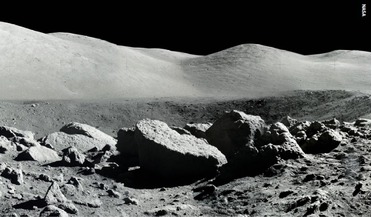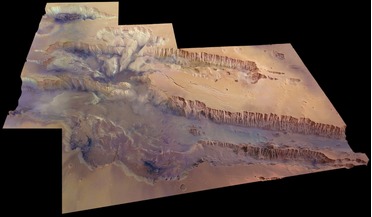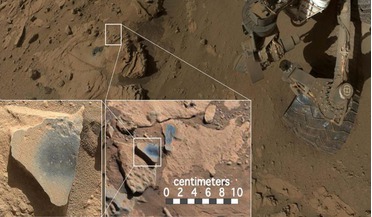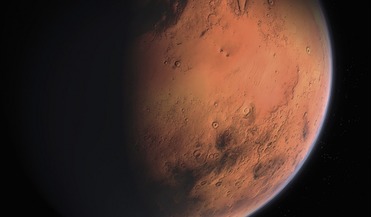 November 2020
The alien hunter’s field manual
November 2020
The alien hunter’s field manual
.... One way to detect photosynthesis is to look for atmospheric oxygen, which is a by-product of the process of ripping water molecules apart. We would have to ensure that there are no other major sources of oxygen to interpret a detection correctly...
 October 2021
Mining lunar hydrogen
October 2021
Mining lunar hydrogen
... aftermath of meteorite surface bombardment, but also due to heating by sunlight. Our work predicts the potential to collect water molecules above the surface of Clavius, one of the largest craters in the visible hemisphere of the Moon, where solar...
 15 December 2021
ExoMars discovers large amounts of hidden water in Mars’ Grand Canyon
15 December 2021
ExoMars discovers large amounts of hidden water in Mars’ Grand Canyon
... is based on the assumption that the hydrogen seen by FREND is bound into water molecules, he adds. How those water molecules are stored though still remains debatable, and so far there are two main contenders; they could ...
 28 June 2016
Oxides discovered on Mars hint at an oxygen-rich past
28 June 2016
Oxides discovered on Mars hint at an oxygen-rich past
... weak magnetic field. Without a protective shield, ionising radiation would be able to penetrate the atmosphere and break water molecules down to its constituent parts; hydrogen and oxygen. As Mars' has a relatively low gravity, the heavier oxygen...
 May 2021
In-situ propellant design for Mars ascent vehicles
May 2021
In-situ propellant design for Mars ascent vehicles
... words, the atmospheric pressure of Mars would have to increase to at least 0.06 atm (6.25 kPa) to be able to capture water molecules in atmosphere. This pressure is known as the Armstrong limit and is critical for human bodily functions. At this...
 October 2018
Could salty brines be the key to microbial life on Mars?
October 2018
Could salty brines be the key to microbial life on Mars?
...: the presence of salts in solution lowers what is called the ‘activity’ of the water. Essentially, water activity is a measure of how available the liquid water molecules are to biological processes, and even the most extreme examples of microbial...